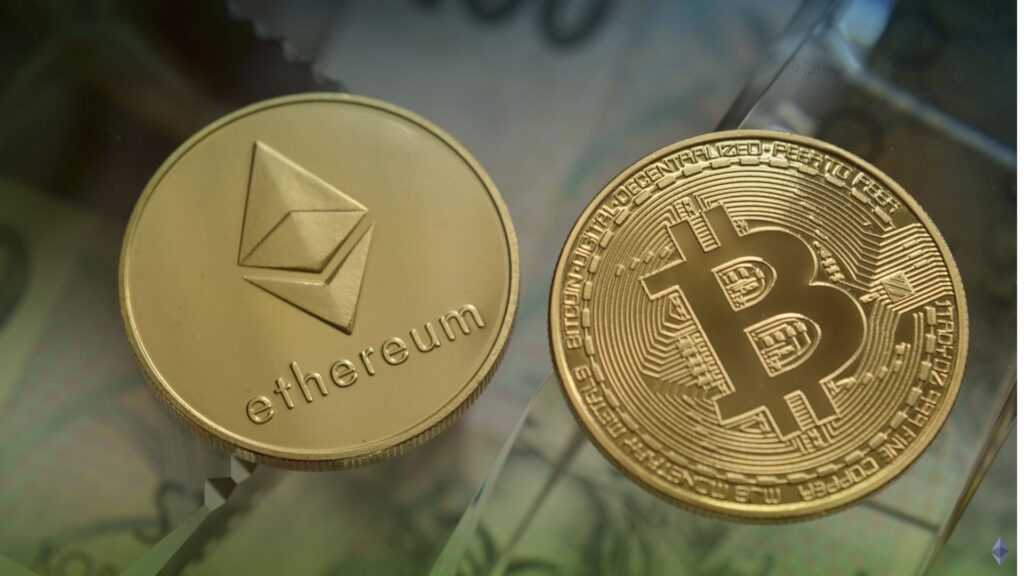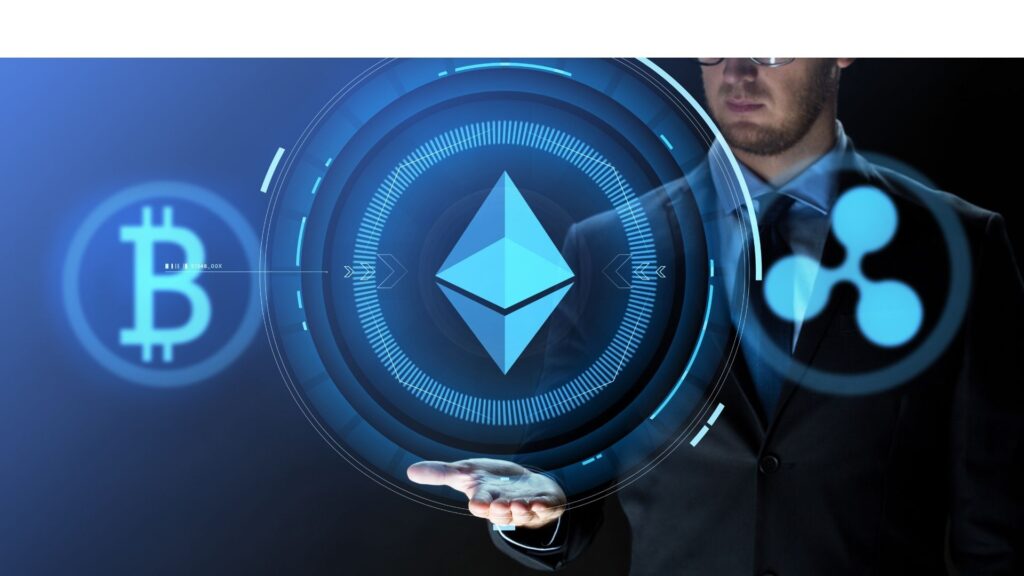
You’ve Heard of Bitcoin, But What About All Those Other Cryptos? Let’s Unpack “Altcoins” – What They Are, Why So Many Exist, and What Makes Them Tick.
So, you’ve probably got Bitcoin on your radar. It’s the big one, the original gangster of the cryptocurrency world, the name that usually pops into everyone’s head first. But once you peek even slightly beyond Bitcoin, you’ll discover a sprawling, sometimes bewildering, universe of thousands of other digital currencies. These are collectively known as “altcoins.” If you’re wondering what that term actually means and why there’s such a zoo of them out there, you’re in the right place.
Simply put, “altcoin” is short for “alternative coin.” It’s pretty much a catch-all term for any cryptocurrency that isn’t Bitcoin. Bitcoin was the trailblazer, the first successful decentralized digital currency. Everything that followed, aiming to offer something different or improve upon Bitcoin’s original design, falls under this broad “altcoin” umbrella.
Why Did Altcoins Even Pop Up? The Quest for Something Different
When Bitcoin first emerged, it was revolutionary. But like any pioneering technology, it wasn’t perfect, and it didn’t try to be everything to everyone. Enterprising developers and visionaries looked at Bitcoin’s blueprint and thought, “Hey, this is amazing, but what if we could make it faster? Or more private? Or use this underlying blockchain technology for totally different purposes?”

This led to the first wave of altcoins. Litecoin, for instance, launched in 2011, is one of the earliest and often dubbed the “silver to Bitcoin’s gold.” Its main aim was to offer quicker transaction confirmation times and a different mining algorithm. This was just the beginning. The core idea was that Bitcoin laid the foundation, but there was plenty of room for innovation and specialization.

The Exploding Universe: What Do All These Altcoins Actually Do?
The sheer number of altcoins can be mind-boggling, but they generally emerge to fulfill different needs or explore new technological frontiers. Here’s a rough sketch of some common categories you’ll encounter:
- Platforms for Smart Contracts & dApps: You might have heard of Ethereum, which is technically an altcoin (though a giant one!). Its native currency, Ether (ETH), fuels a powerful blockchain that’s like a global, decentralized computer. Developers can build “smart contracts” (self-executing agreements written in code) and decentralized applications (dApps) on platforms like Ethereum, Solana, Cardano, and others. The native coins of these platforms are crucial for paying transaction fees (“gas”) and securing the network.
- Utility Tokens: Think of these as specific keys or access passes for a particular digital service or ecosystem. For example, a project offering decentralized cloud storage might have a utility token that users need to spend to store or retrieve their files. Or a blockchain-based game might have a token for buying in-game items or accessing special features.
- Stablecoins: These are a special breed of altcoin designed to minimize that infamous crypto price volatility. They aim to maintain a stable value by being “pegged” to a real-world asset, most commonly a fiat currency like the US dollar (think Tether (USDT) or USD Coin (USDC)). Stablecoins are super popular for trading, as a temporary safe haven during market swings, or for use in DeFi applications.
- Privacy Coins: While Bitcoin transactions are pseudonymous (tied to addresses, not names), they are still traceable on the public blockchain. Privacy coins like Monero or Zcash go a step further, using advanced cryptography to obscure transaction details, offering users a higher degree of anonymity.
- Meme Coins: Yes, these are a real thing! Often starting as internet jokes or social experiments – Dogecoin being the most famous example – meme coins can gain incredible traction through online communities and social media hype. Their value is typically highly speculative and driven more by sentiment than any underlying utility, though some try to build use cases over time.
- Governance Tokens: Imagine having a direct vote on the future direction of a project you believe in. Some decentralized projects issue governance tokens that grant holders voting rights on proposals, upgrades, and other key decisions, moving towards a more community-led model.
- DeFi Tokens: Decentralized Finance (DeFi) aims to rebuild traditional financial services (lending, borrowing, trading, insurance) on the blockchain, without relying on banks or intermediaries. DeFi platforms often have their own tokens that are used for governance, staking, or sharing in platform fees.
How Are Altcoins Different from Bitcoin? Key Distinctions to Note
While they all fall under the “cryptocurrency” banner, altcoins can differ from Bitcoin in several ways:
- Underlying Technology: Many altcoins use different consensus mechanisms (how the network agrees on transactions). While Bitcoin uses energy-intensive Proof-of-Work (PoW), many newer altcoins use Proof-of-Stake (PoS) or other variations, which can be faster and more energy-efficient. They might also use different programming languages or have unique architectural features.
- Purpose & Use Case: As we’ve seen, Bitcoin’s primary narrative is as “digital gold” or a peer-to-peer electronic cash system. Altcoins, however, span an enormous range of purposes – from powering complex application platforms to enabling private transactions or facilitating decentralized governance.
- Tokenomics (Supply & Economics): Bitcoin has a famously capped supply of 21 million coins. Altcoins can have vastly different supply schedules, total supplies (some are inflationary, some deflationary), and methods for how new coins are created and distributed.
- Risk and Volatility: This is a big one. Generally, altcoins, especially the smaller, newer, or more niche ones, are considered riskier and more volatile than Bitcoin. Their prices can swing even more wildly.
Before You Dive into Altcoins: A Few Friendly Warnings
The altcoin space can be exciting, representing the cutting edge of innovation. However, it’s also often referred to as the “Wild West” of crypto for good reason:
- Do Your Own Research (DYOR) is Absolutely ESSENTIAL: This cannot be stressed enough. Before even thinking about putting any money into an altcoin, you need to dig deep. Read its whitepaper (the project’s foundational document), understand its use case, check out the team behind it, assess its community, and look at its tokenomics. Don’t just rely on hype from social media or a friend’s tip.
- Volatility on Steroids: If you thought Bitcoin was volatile, many altcoins can make Bitcoin look like a sleepy savings account. Be prepared for potentially massive price swings in both directions.
- Liquidity Can Be an Issue: Smaller altcoins might not have a lot of trading volume. This means it can be harder to buy or sell significant amounts without drastically affecting the price.
- Scams and “Rug Pulls” Abound: Unfortunately, the allure of quick profits attracts bad actors. Be wary of projects promising guaranteed high returns, or those with anonymous teams and unclear objectives. “Rug pulls,” where developers abandon a project after pumping up its value and run off with investors’ money, are a sad reality.
The Big Picture on Altcoins
Altcoins are, in essence, the ongoing experiment of the cryptocurrency revolution. They represent the relentless drive to innovate, to solve new problems, and to explore every conceivable application of blockchain and decentralized ledger technology. While Bitcoin might be the most established player, the altcoin market is where much of the dynamic, fast-paced, and sometimes chaotic evolution of the crypto space unfolds.
They offer a glimpse into a potentially decentralized future, full of specialized digital tools and new forms of value. But they also carry significant risks. Approaching them with a curious mind, a healthy dose of skepticism, and a firm commitment to thorough research is the best way to navigate this fascinating and ever-changing corner of the digital frontier.






